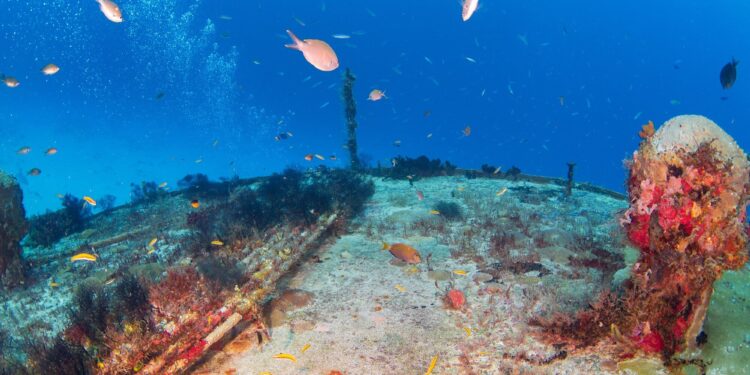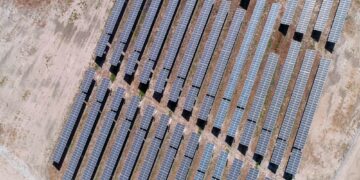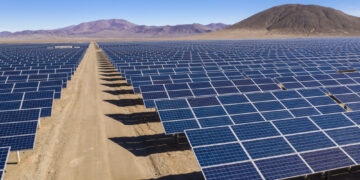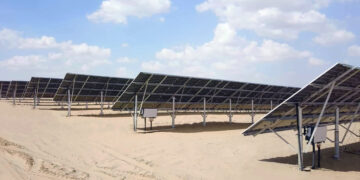India and Saudi Arabia Explore Undersea Electricity Grid Connection
India and Saudi Arabia are exploring a major project to connect their electricity grids through undersea cables beneath the Arabian Sea, according to the Times of India. This initiative could enable India to export green energy and supports Prime Minister Narendra Modi’s vision for a global renewable energy grid under the ‘One Sun, One World, One Grid’ (OSOWOG) program.
During a recent visit to Saudi Arabia, Prime Minister Narendra Modi emphasized the ongoing feasibility studies for this interconnection. The plan involves laying high-voltage cables on the seabed, allowing both nations to share electricity, balance demand, and boost energy security. In 2023, both countries signed a memorandum of understanding to cooperate on electrical interconnection, renewable energy projects, and green hydrogen development.
This undersea link would mark India’s first offshore connection under the OSOWOG initiative, aiming to integrate diverse renewable energy sources across borders. By connecting grids in different time zones, the project would ensure round-the-clock access to renewable power, reduce reliance on fossil fuels, and lower investment costs through shared backup resources.
According to the Times of India, India currently exchanges about 4,100 MW of electricity with neighboring countries, and similar discussions are underway with the UAE, Oman, Singapore, and Thailand. The proposed undersea cable, managed by state-run Power Grid, is estimated to cost up to Rs 40,000 crore and could transmit up to 2,500 MW of electricity, with completion expected in about six years.
Undersea power cables are a proven but complex technology, with nearly 500 such connections operating worldwide. The longest existing link is the 764-kilometer Viking link between the United Kingdom and Denmark. India previously considered a similar project with Sri Lanka, but it did not materialize.
If successful, the India-Saudi Arabia grid connection could transform regional energy dynamics, positioning India as a green energy exporter and further strengthening ties between the two nations.









